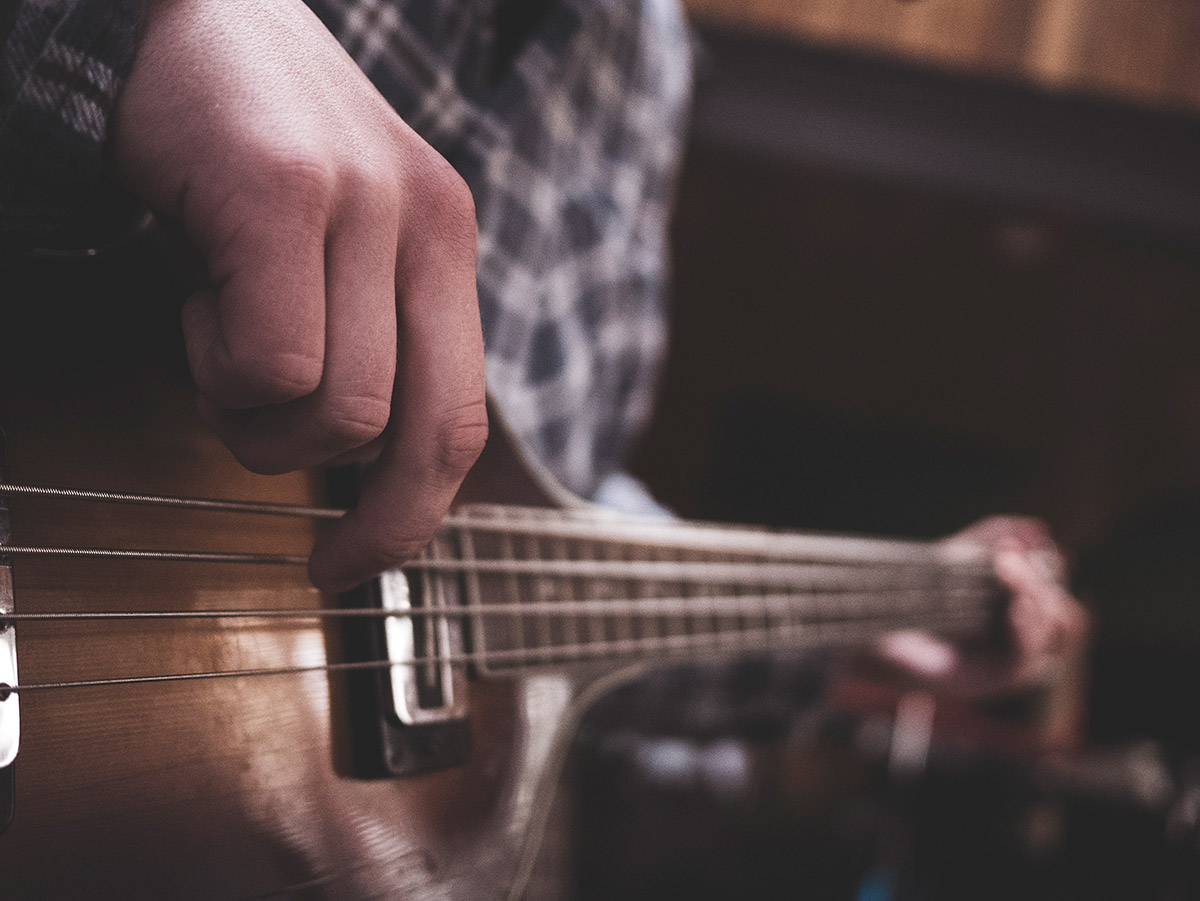So many people try their hand at playing some musical instrument that it’s hard to go anywhere without meeting at least one other person who plays an unusual instrument.
You know, something you’ve never heard of.
Whether for fun or as a future career, it’s common for people to dabble in the musical arts.

5 Unusual Instruments to Learn to Play
According to Berklee College of Music, the most common instruments are not a big surprise: piano, guitar, and voice.
Instead of investing in a common instrument and learning to play it, consider instead one of the following unusual instruments.
They are sure to impress almost any social circle–not that you care about that sort of thing.
Didgeridoo
This wind instrument originated in northern Australia, among the Aboriginal tribes, and dates back at least 2,000 years, making it one of the oldest wind instruments in the world. It is typically a cylinder shape and can range anywhere from 3 to 9 feet in length. The longer the didgeridoo, the deeper the tone it makes.
Learning to play it is simply a matter of practice, vibrating the lips against the opening to produce the desired rhythm. While it can be easy enough to buy a good didgeridoo for a reasonable price, some people prefer to actually make their own.
Click here to check prices for Didgeridoos
Sitar
This string instrument is native to India, but the roots go back to Persia. It has anywhere from 18-20 strings, along with movable frets and two bridges. The large bridge is designed to make drone sounds, and the small bridge for sympathetic strings.
Incredibly, the type of sitar you purchase depends on the level of experience you have playing it because they are designed specifically for the musician. The more experienced the musician, the more complicated the strings and frets on the sitar. Learning to play this instrument is an impressive feat.
Click here to check prices for Sitars
Ocarina
This wind instrument is a type of vessel flute, originating in China and dating back roughly 12,000 years. Since there are different types of ocarinas, they can have anywhere from 4 to 12 holes in various positions for playing.
It was made popular by the video game Legend Of Zelda: the Ocarina of Time where Link must play the ocarina to progress. It produces a sound that is unique not only to instruments in general, but to the type of ocarina as well. There are various types of ocarinas, so it is important to find the right one for the sound and style you want.
Click here to check prices for Ocarinas
Koto
This string instrument originated in Japan, and is roughly 1500 years old. It was made after a Chinese design for the guzheng. It consists of 13 strings over 13 movable bridges. The musician can adjust the bridges accordingly before performing, and averages 71 inches in length. More modern designs can have up to 25 strings, and there is even a 17-string bass kotos. Some koto can still use silk strings, though they are more pricy, musicians claim that silk strings produce better sound.
The koto is the national instrument of Japan, making it fairly common to play there, but impressive to play almost anywhere else in the world.
Click here to check prices for Kotos
Guqin
This 7-string instrument originated in China and has a history that dates back 5000 years. In fact, it is often referred to as the father of Chinese music. It typically has a four-octave range of low-pitched bass sound, making it ideal for background music in public or social events. Because of the rich history of this instrument, there are several different schools of performance. Many of the schools have shot off into different schools.
Click here to check prices for Guqins
Finger Cymbals (Zills)
Finger cymbal (also known as zills) originated in Turkey, and are a great instrument for anyone who loves to dance. The finger cymbals are tiny metal cymbals that are fitted to fingers, and are typical for belly dancers. Common finger cymbal sets consist of four cymbals, one on the thumb and one on the middle finger of each hand. Some more experiences dancers and musicians can use extra cymbals, but it takes practice and skill to do so. Modern finger cymbals come in various sizes to produce different sounds, but the most common size is 2 inches in diameter. There are various rhythms for the finger symbols, and it requires a bit of skill and coordination to play the proper rhythm while dancing. For this reason, this is a great instrument for dancers and can be challenging to non-dancers.
Click here to check prices for Finger Cymbals
There is no reason to fall in line with the more common and traditional instruments when there are so many unique, cultural and unusual instruments that are sure to impress anyone. Learning to play them can range from simple to challenging, so you can choose one that fits your unique style and goals.
Do you play what you consider to be an unusual instrument? Leave a comment below!






